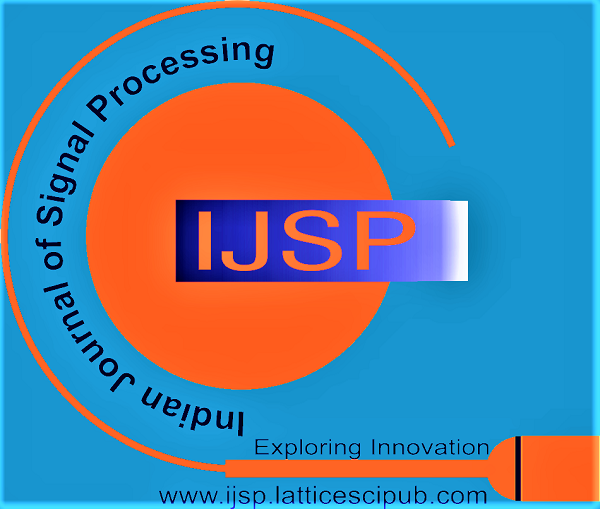Citation:
When writing articles, whether research-based or not, it is essential to support all statements with relevant and verifiable literature. Peer-reviewed sources are especially beneficial in this regard. Authors must avoid excessive self-citation or collusion with other authors to cite each other’s work improperly. Such behaviour may be considered misconduct. For non-research articles like reviews or opinions, authors must ensure that the references they cite present an equitable and impartial assessment of the current state of research without any predisposition towards a specific group, organisation, or publication.
To ensure credibility, it is essential to back up claims with reliable literature, particularly from peer-reviewed sources. Avoiding excessive self-citation or collaborating with others to cite each other improperly is necessary. References in non-research articles should be unbiased and balanced, not favouring any particular group, organisation, or journal.
Authors can find a comprehensive guide on referencing style that outlines how to reference various materials, for example, books, patents, conference proceedings, clinical trials, and journal articles. Be sure to include these types of articles in your reference list.
- Preprints: The articles in repositories or preprint servers should be included in the reference list when citing articles. This should consist of the author’s name, article title, preprint DOI, and date posted. If the article is published in a peer-reviewed journal, it is recommended to cite that version rather than a preprint.
- In Press: When referencing articles that have been accepted for publication in a peer-reviewed journal but have not yet been published, it is recommended to use the phrase “in the press” instead of providing a specific publication date.
- Data Sharing: Authors should make their research data accessible without unnecessary credentials. When writing, be clear about any restrictions on resource accessibility, especially if a for-profit organisation is involved. The author in charge of correspondence is responsible for ensuring resources are available. When citing data, it is essential to have the following elements:
- Publisher Location: repository where the author has deposited the data set.
- Author: the individual(s) responsible for the creation of the data
- Persistent Identifier (e.g., DOI)
- Data and Material Designator: dataset
- Website URL: Websites unrelated to product manufacturers or programs should be included in the reference list. The reference should consist of the website title, URL and date of access.
- Thesis: It is recommended that authors include the citation in their thesis if it is relevant to their presentation. When citing the thesis stored in a repository or database, generally, the following style should be followed:
- Authors, “title of the article”, type of thesis, affiliations/ name of the university/institution/ college, year of publication, DOI, URL.
References:
